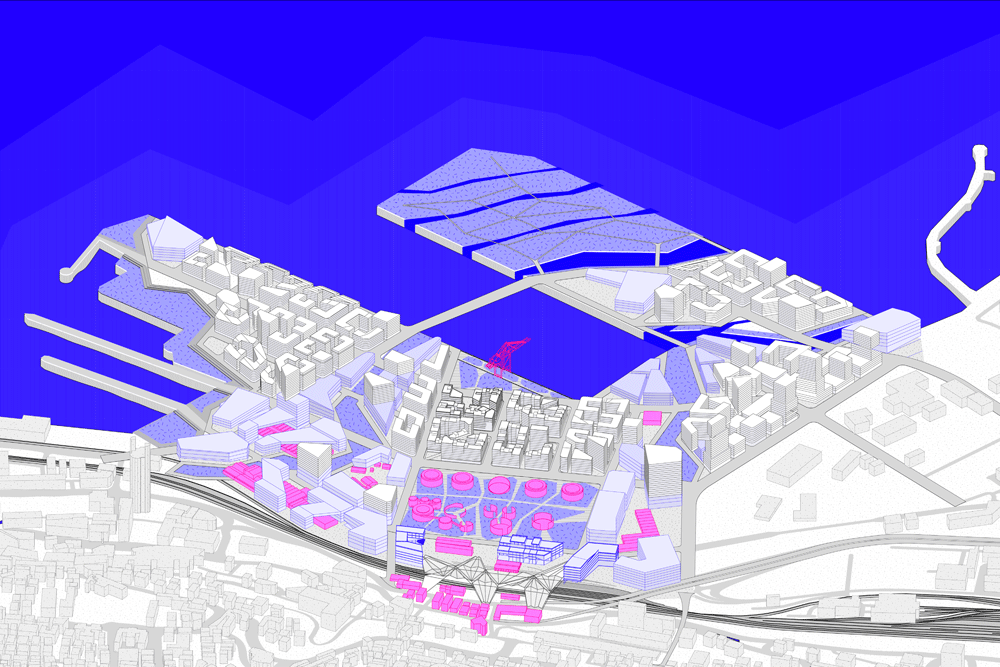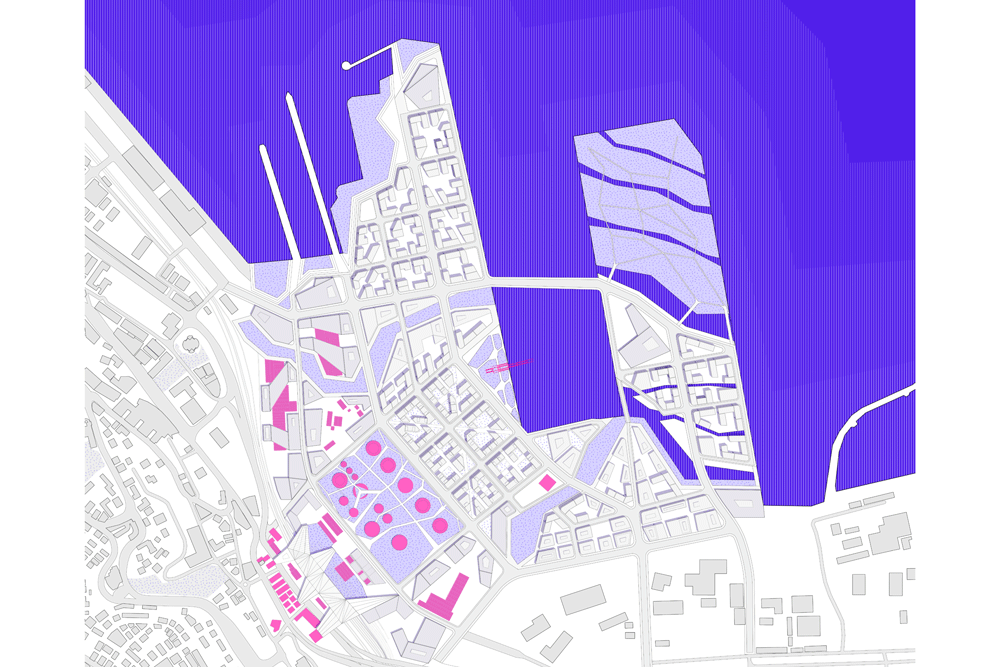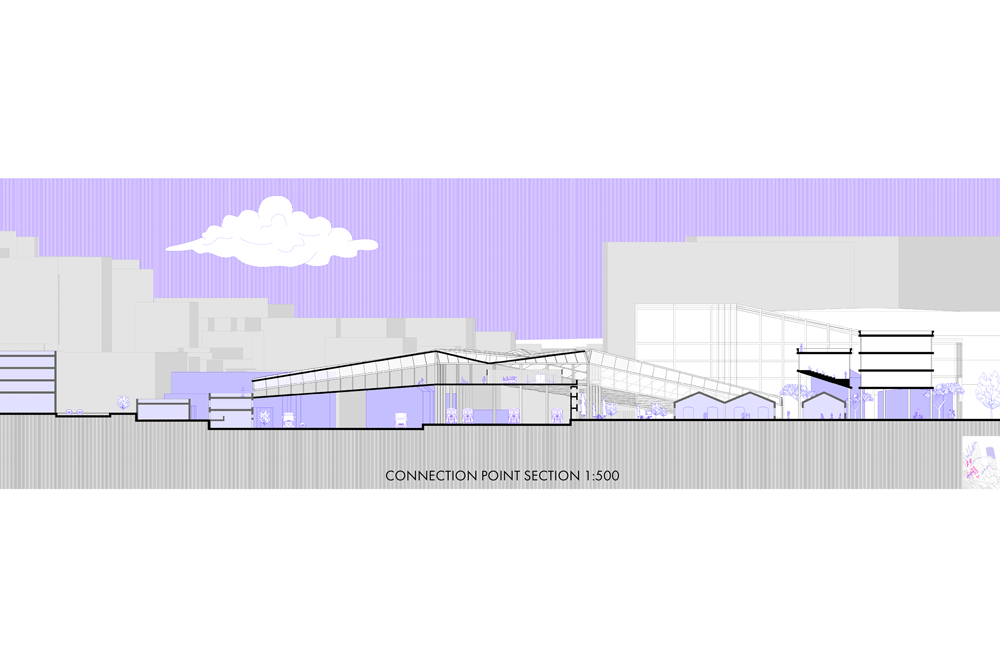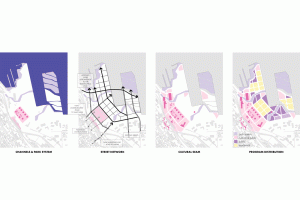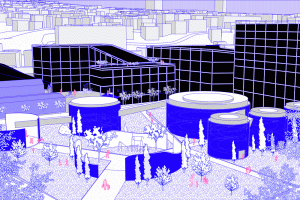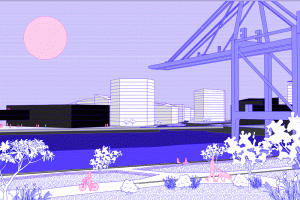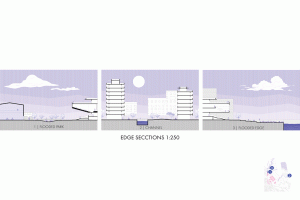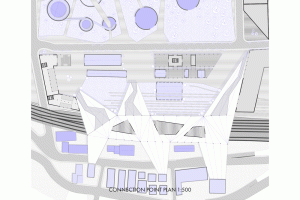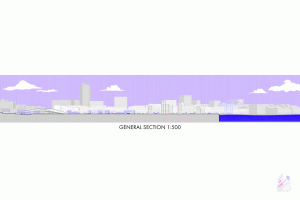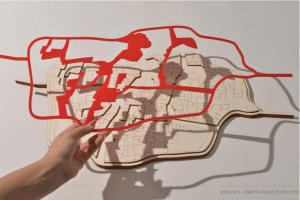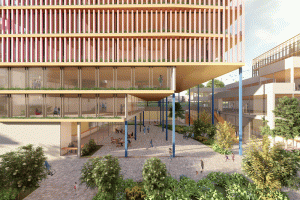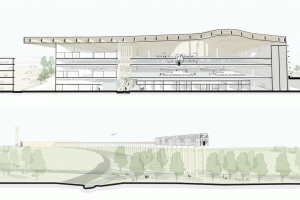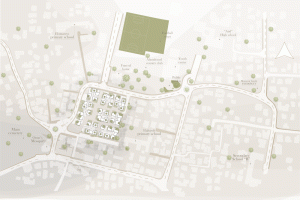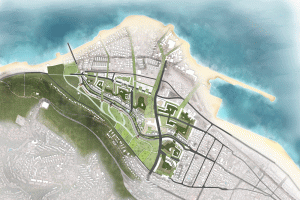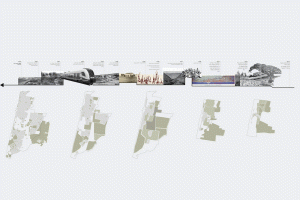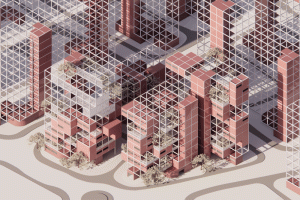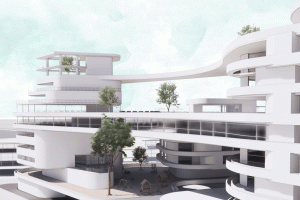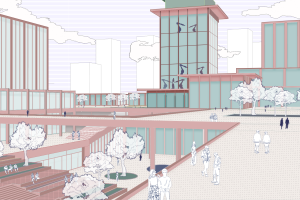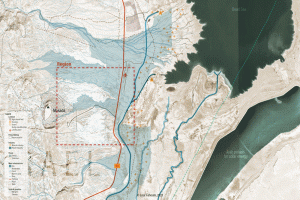Reuse the waterfront
Recently, many urban industrial ports have undergone significant transformations, shifting from industrial hubs to vibrant human-centered spaces. From Denmark to the USA and China, urban waterfronts are evolving with three key components: reuse, environmental responsiveness, and respect for local conditions. These transformation projects employ adaptive reuse strategies, providing a sustainable approach to preserving built heritage while prolonging the lifespan of structures and adapting them to contemporary needs. They also address environmental challenges, particularly those related to potential sea-level rise due to their proximity to water. Additionally, these projects maintain a strong connection to local conditions, often revitalizing areas that have been disconnected from surrounding cities and have suffered pollution or other ecological impacts.
In Israel, the trend toward transforming urban waterfronts is just beginning, and the future of many old industrial areas remains uncertain. Against this backdrop, the project examines how industrial urban waterfronts can be reused and adapted to meet future needs while demonstrating resilience to potential challenges. The focus is on the waterfront of Haifa East Downtown as a test case.
In Haifa, as in many historical port cities, the once-dominant industrial character is diminishing. The city seeks to redefine its identity and its waterfront, which faces the complexities of an industrial urban port while boasting a rich built heritage. To address these elements, the project proposes three design strategies for the East Haifa waterfront: cultural seam, resilience, and integration.
- Cultural Seam: This strategy advocates for the adaptive reuse of existing buildings and infrastructure to create public and cultural venues, forming a foundational base for a new neighborhood.
- Resilience: This strategy introduces a network of channels and parks designed to absorb potential sea-level rise, enhancing the waterfront’s ability to adapt to environmental challenges.
- Integration: This strategy emphasizes connecting the former industrial port to the existing urban fabric, ensuring that it integrates seamlessly into the broader city landscape.
Together, these approaches envision a revitalized future for the waterfront of Haifa, transforming it into a thriving space that reflects both its historical significance and the needs of the contemporary community.




